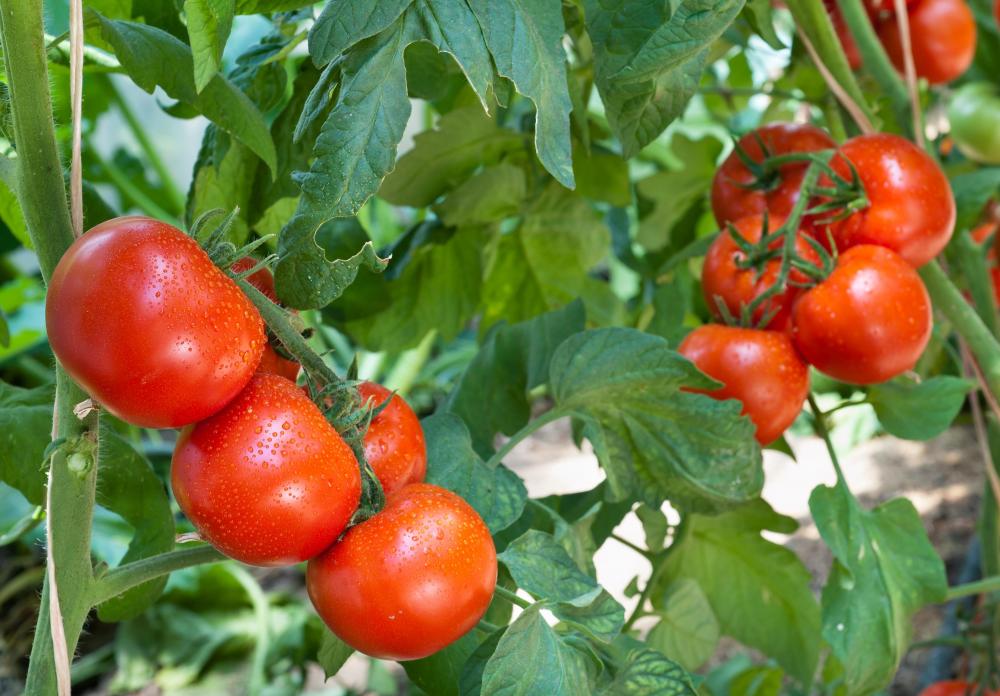At WiseGEEK, we're committed to delivering accurate, trustworthy information. Our expert-authored content is rigorously fact-checked and sourced from credible authorities. Discover how we uphold the highest standards in providing you with reliable knowledge.
What is Late Blight?
Late blight is a fungal disease of potatoes and tomatoes which can cause substantial damage. In fact, late blight was one of the culprits behind the Irish Potato Famine, a particularly devastating historic famine which was complicated by social factors. This fungal disease is a serious concern for many farmers, and gardeners who grow potatoes and tomatoes should be aware that even if they aren't concerned about the loss of a crop, if late blight appears in their gardens, they should take steps to control it so that it cannot spread.
The organism behind late blight is Phytophthora infestans, which can overwinter between the seasons in underground roots and tubers. When conditions get warm and wet, the fungus starts to multiply, usually extremely rapidly. It also produces huge numbers of spores which can easily be carried through the air to not just neighboring plants, but neighboring fields. Thus, late blight in a single backyard garden can actually spread across an entire community, including to neighboring commercial farms.

Above ground, signs of late blight include circular to irregular lesions which can appear wet at first, later drying out, along with browning and wilting. Tomatoes will develop softened rotting patches. Potatoes tend to shrivel and brown from the outside, and when cut, they are spongy and clearly rotten. The damage also makes the crop susceptible to other types of infections, which means that the blight can be complicated by the arrival or opportunistic organisms which take advantage of the diseased plants.

The best way to deal with late blight is to prevent it. Gardeners should use certified seeds and seed potatoes which have been tested for and cleared of late blight. This way, they start out with clean, healthy stock which should not be infected. If blight is identified, infected plants should be immediately removed and destroyed. Fungicides can be used to treat the crop to prevent the spread of late blight, and after the growing season, the soil should be carefully sifted to remove roots and tubers so that they cannot overwinter and spread late blight to crops grown in the next year; some gardeners may also treat the soil or leave the field fallow for a year.
This potato and tomato blight renders crops inedible, which can be a real disappointment for gardeners, and the risk of spread is very serious. Gardeners who identify this fungal infection may want to warn their neighbors so that they can take defensive action to protect their own gardens.
AS FEATURED ON:
AS FEATURED ON:












Discuss this Article
Post your comments